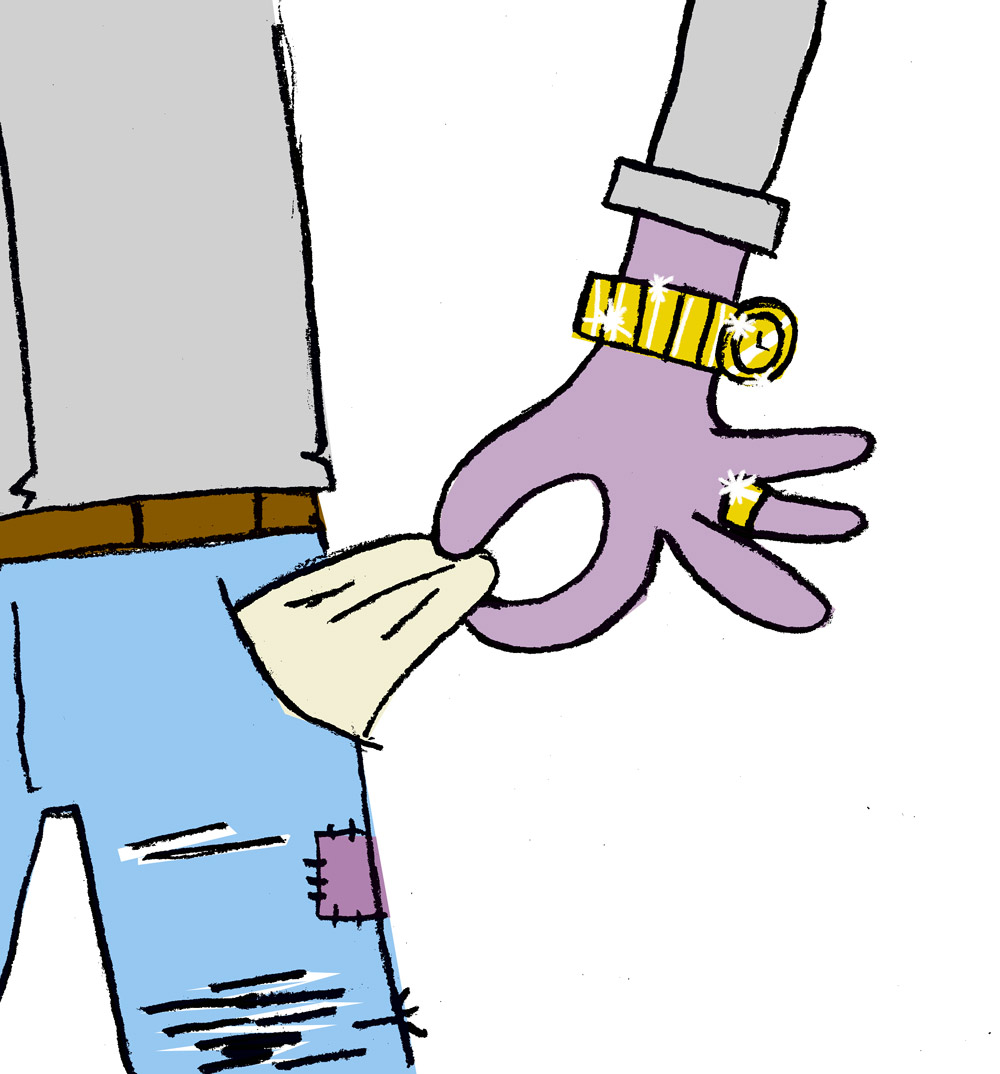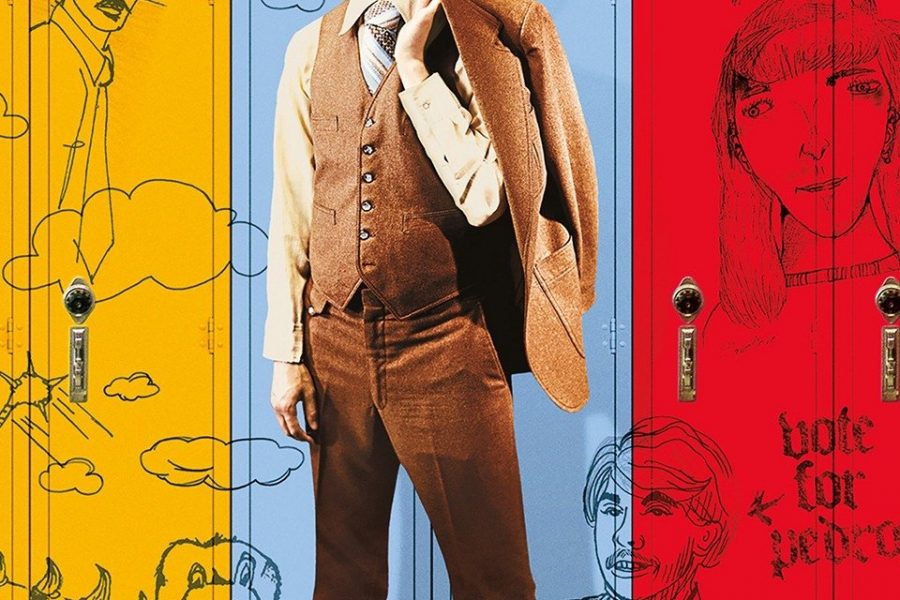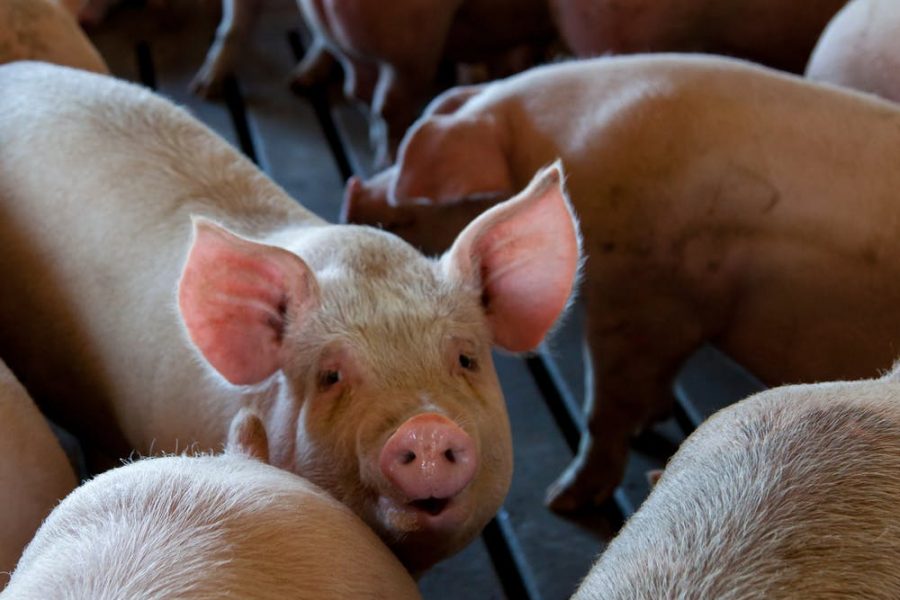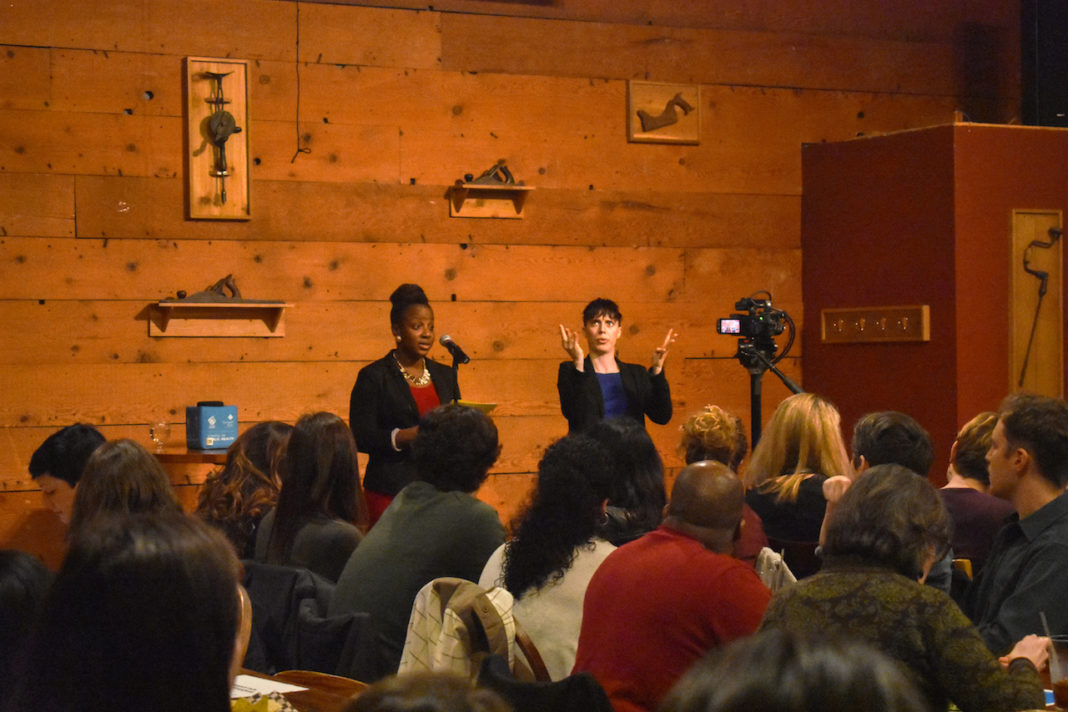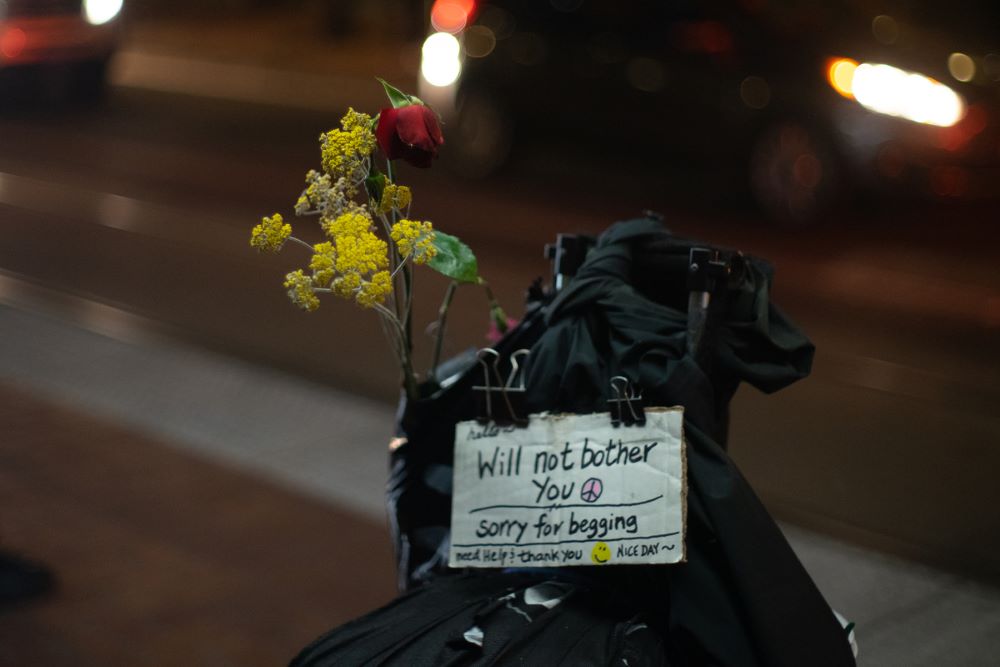Those who can most afford to dress—and live—any way they want are consciously emulating those who lack that freedom, making those people stuck in a situation wherein they are unwilling participants of a new aesthetic.
From clothes to housing, the “poor aesthetic” is one with the characteristics of something old and/or something used. Some things are purposely made to look old or worn, and there’s been an embrace of a minimalistic approach to fashion that fills the more financially privileged world.
There is nothing fun about poverty. Lack of resources and wealth usually makes rich people feel uncomfortable. To overcome their inner conflict, they aestheticize the poverty and the simple lifestyle as authentic and cultural. Wealthy people regard poverty as purity during materialistic times of consumption. Rich people see poor people’s lack of material prosperity as a means to be more happy and more thankful for the little things.
“When volunteer tourists confront poverty, they often become uncomfortable and seek ways to negotiate personal anxieties regarding the inequality of the encounter by aestheticizing the host community members’ poverty as authentic and cultural,” Mary Mostafanezhad wrote in an article in Annals of Tourism Research.
The danger of poverty aesthetics lies in the romanticisation of poverty. The “poor-but-happy” remarks are well known but are meant to justify the system of total inequality instead of questioning it. They do not see—or do not want to see—poverty as a problem. With this mindset, poverty or living and maneuvering life with few resources symbolizes a non-commercialized, natural and beautiful world.
An example of this misinterpretation is the disparity that exists between students around the meaning of the word “broke.” The definition of “broke” is often interpreted differently in the minds of wealthy students compared to their low-income peers. For many low-income students, “broke” is defined by a lack of financial stability.
The broke college student or hipster movement can be summarized as nothing more than half-hearted wallowing in poverty aesthetics without recognition of poverty’s real-life hardships. Completely immersing themselves in a superficial lifestyle imitating poor white culture leads them into a soldem lack of understanding towards the reality of true hardships.
Low-income people are being trivialized by the fake poor aesthetic, which is seen when higher-income people use poorness––in the form of thrift store clothing or secondhand items––as a fashion statement. Quite often, discussions of poverty in are misunderstood as equivalent to the lived experiences of low-income individuals. Being on an allowance that doesn’t allot for eating out does not equate to not being unable to afford food, and not having money to go out as much as you’d like is not being “poor” or being “broke.”
Someone’s livelihood should not be the newest trend. You cannot accessorize poorness and identify with it when you choose.

